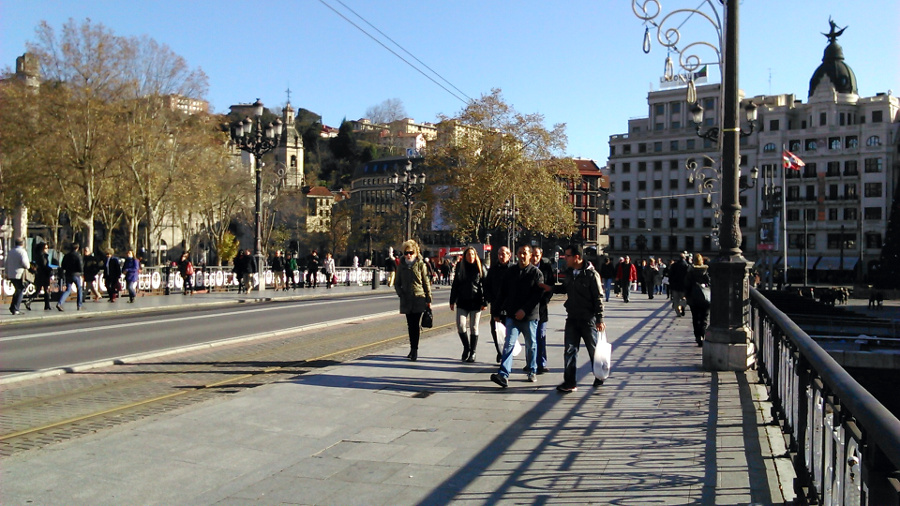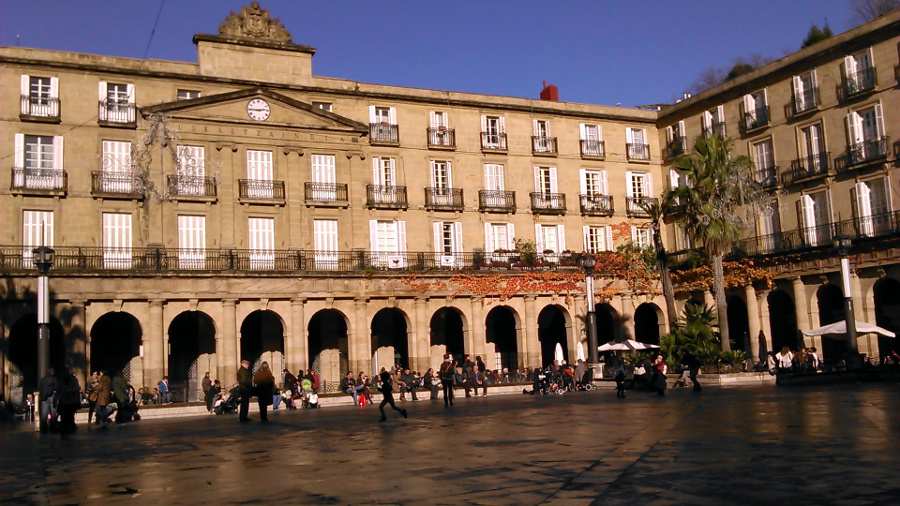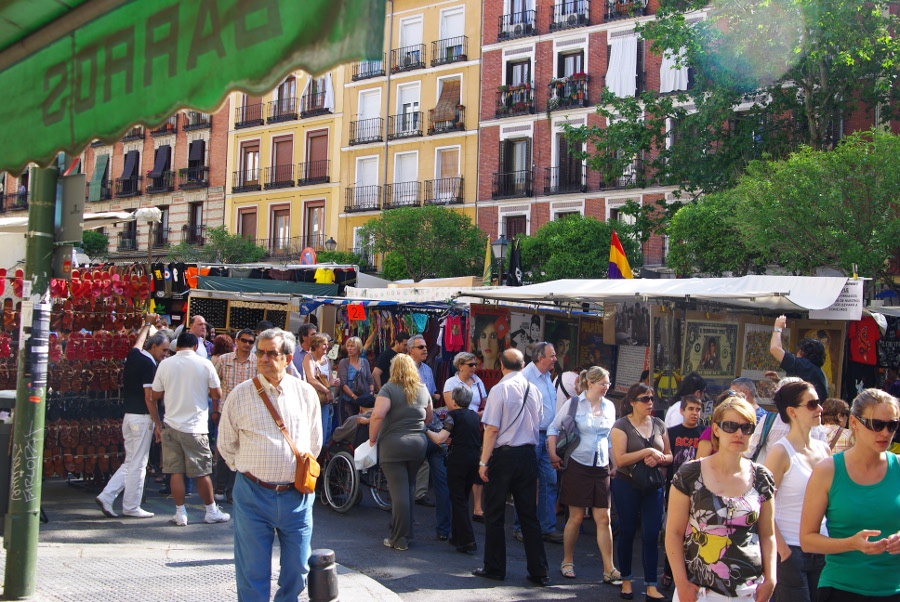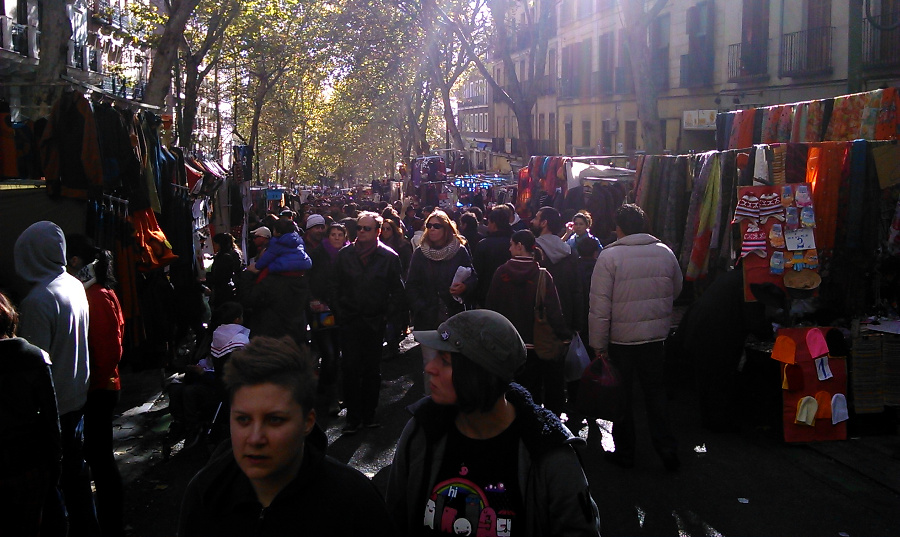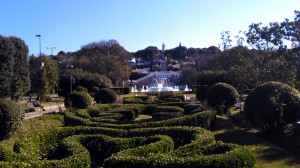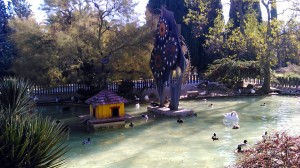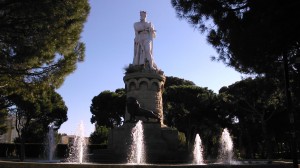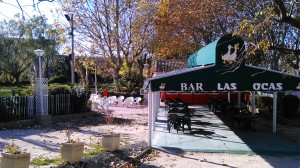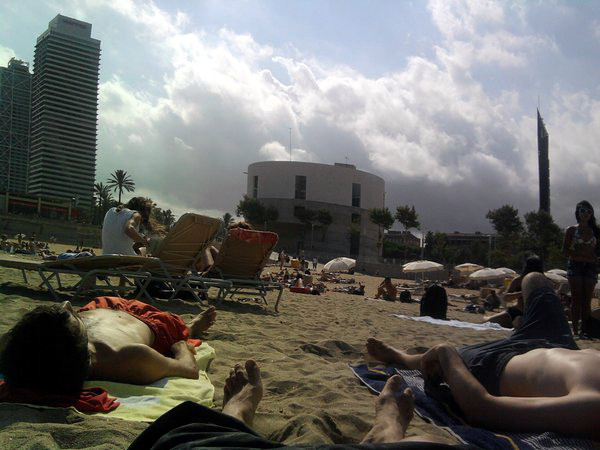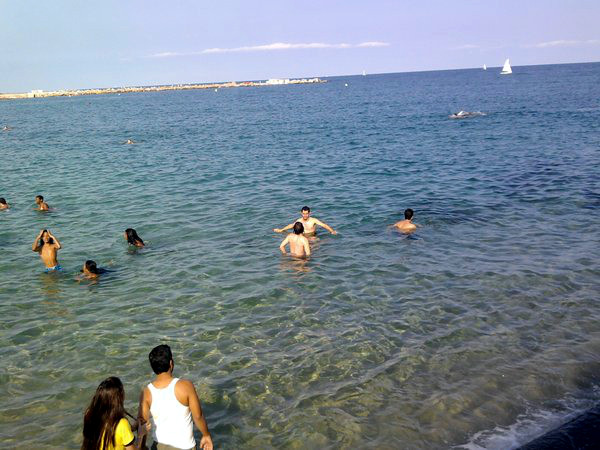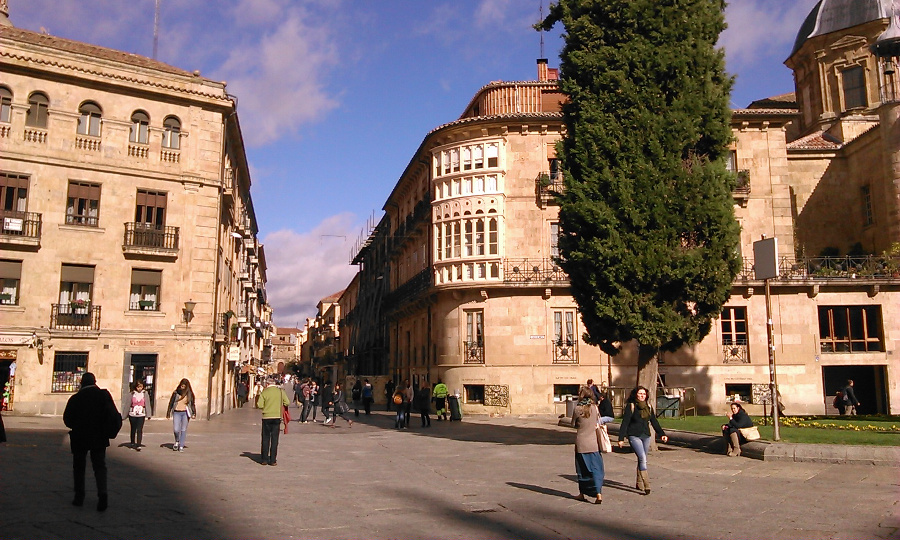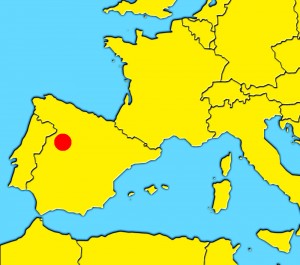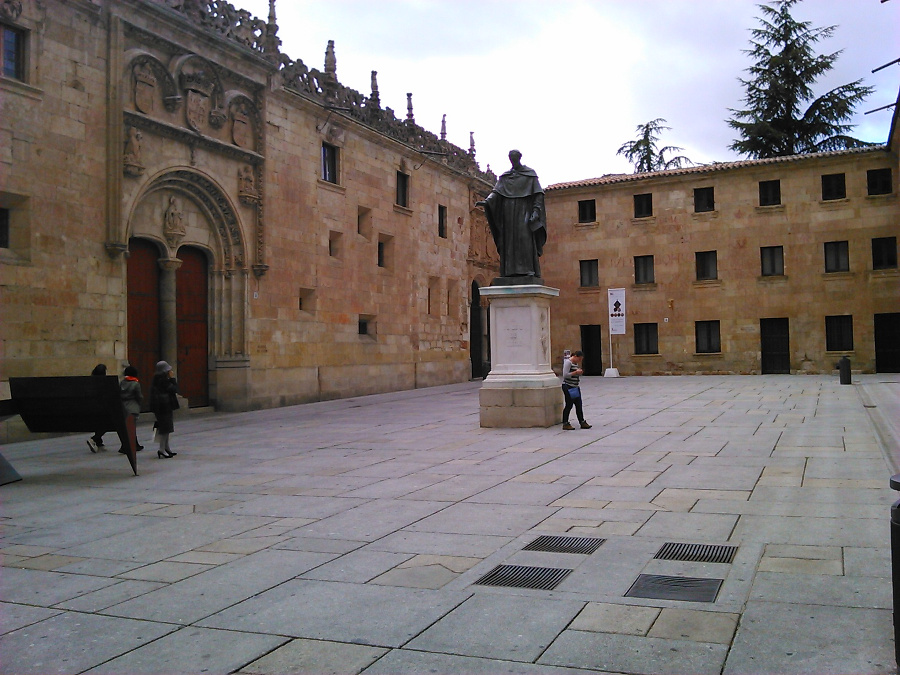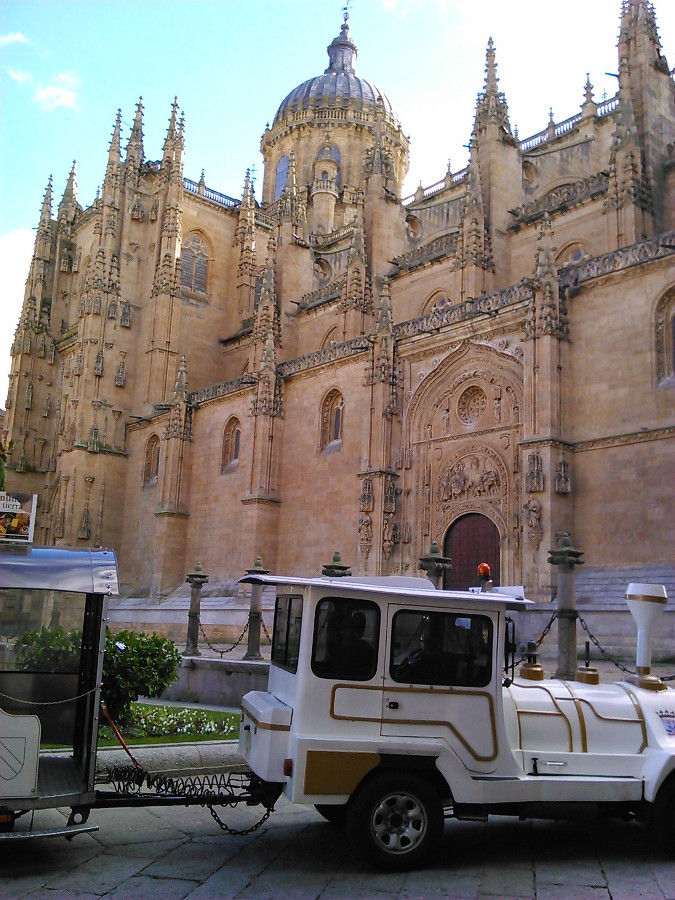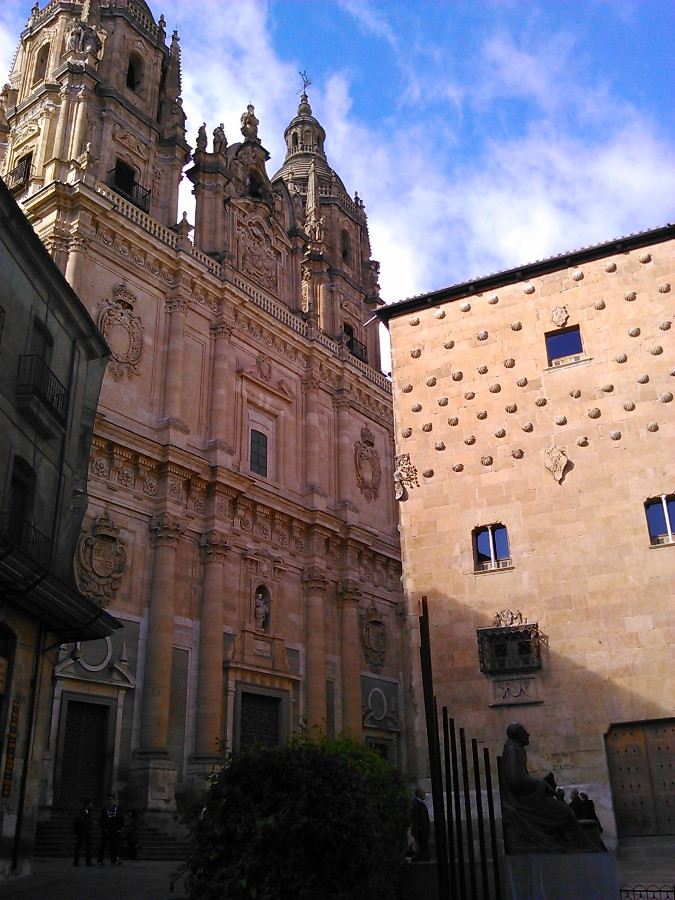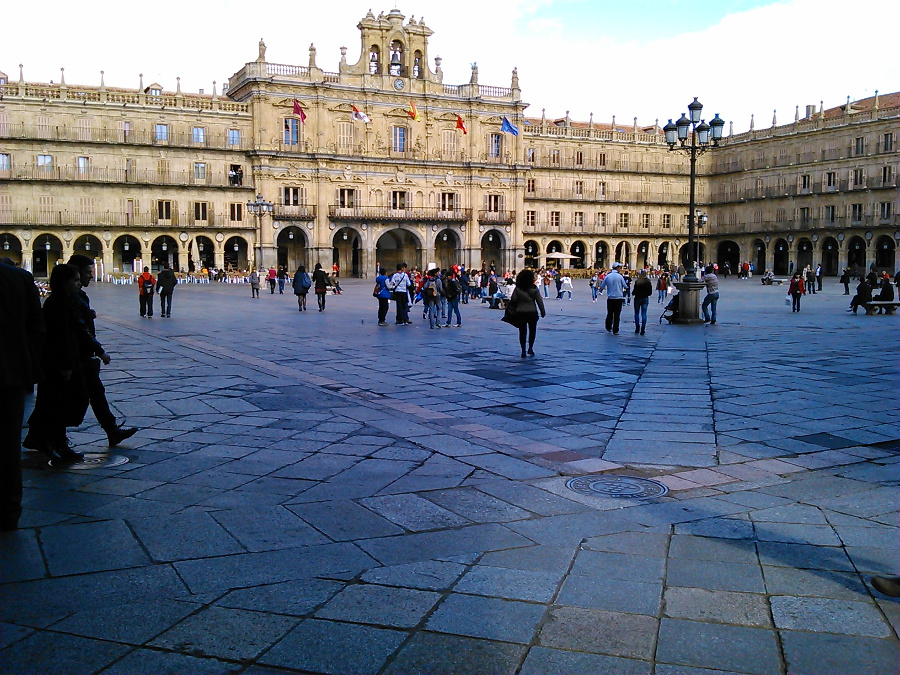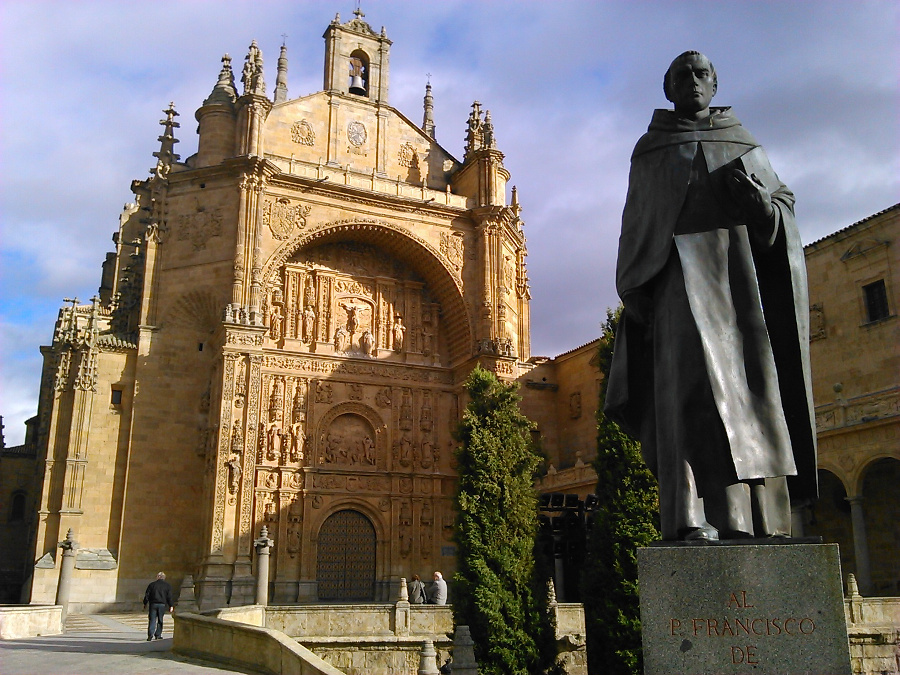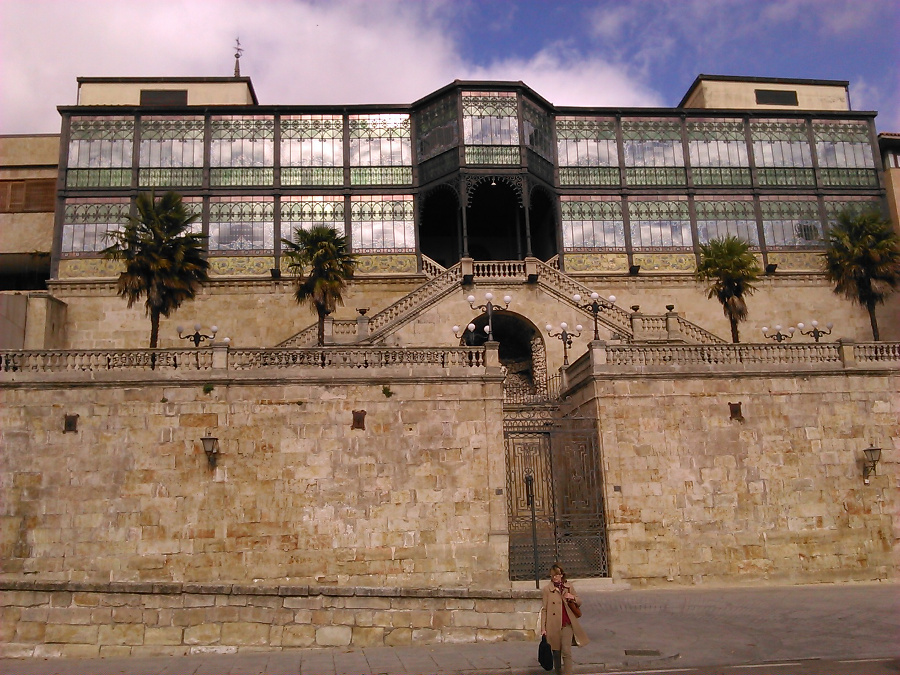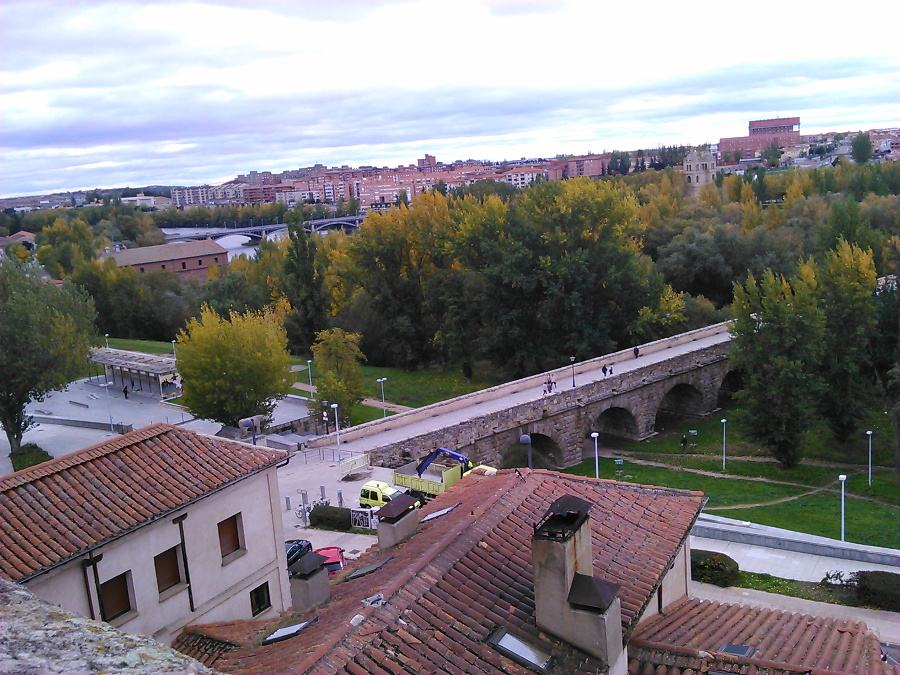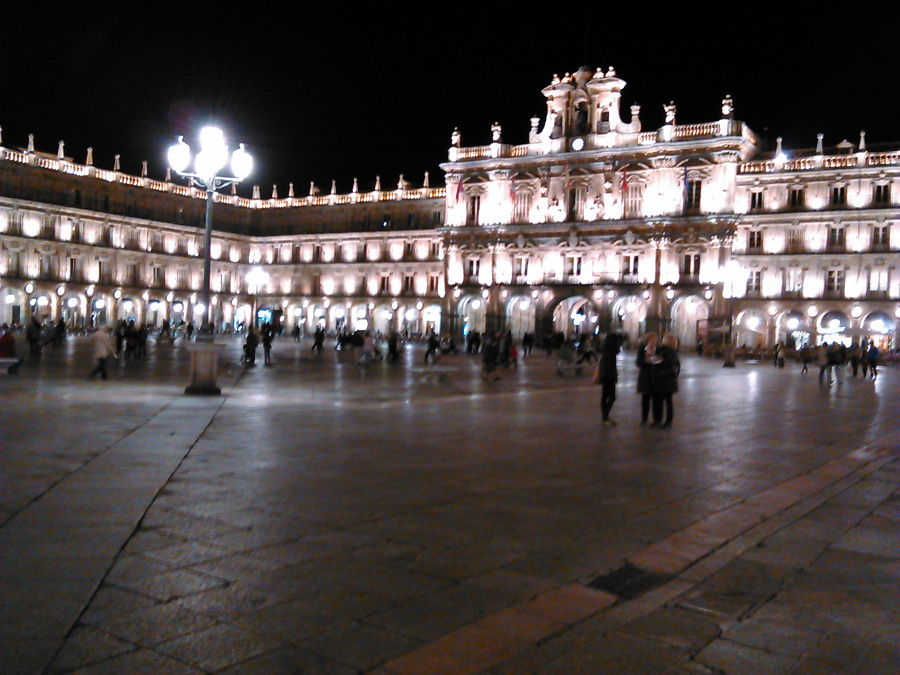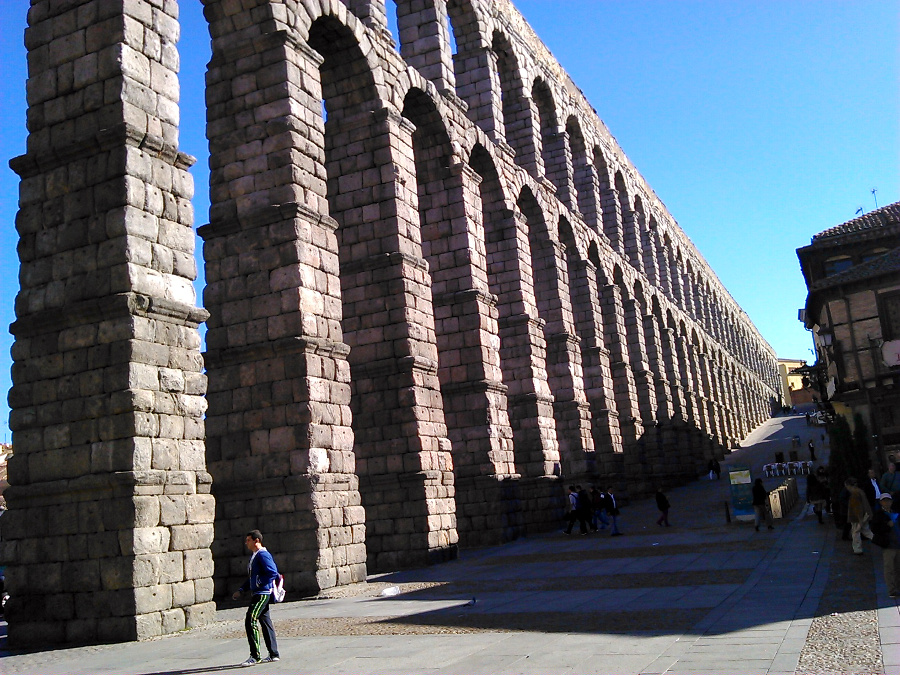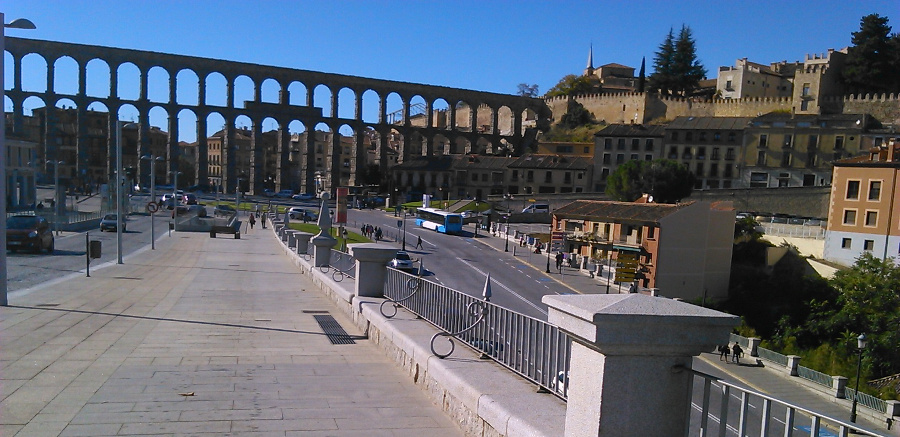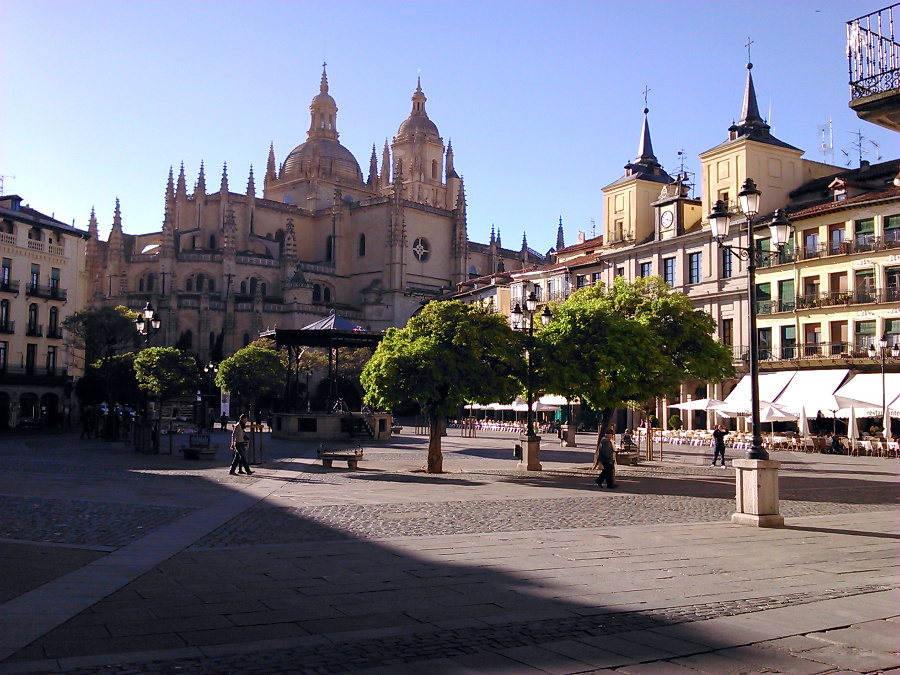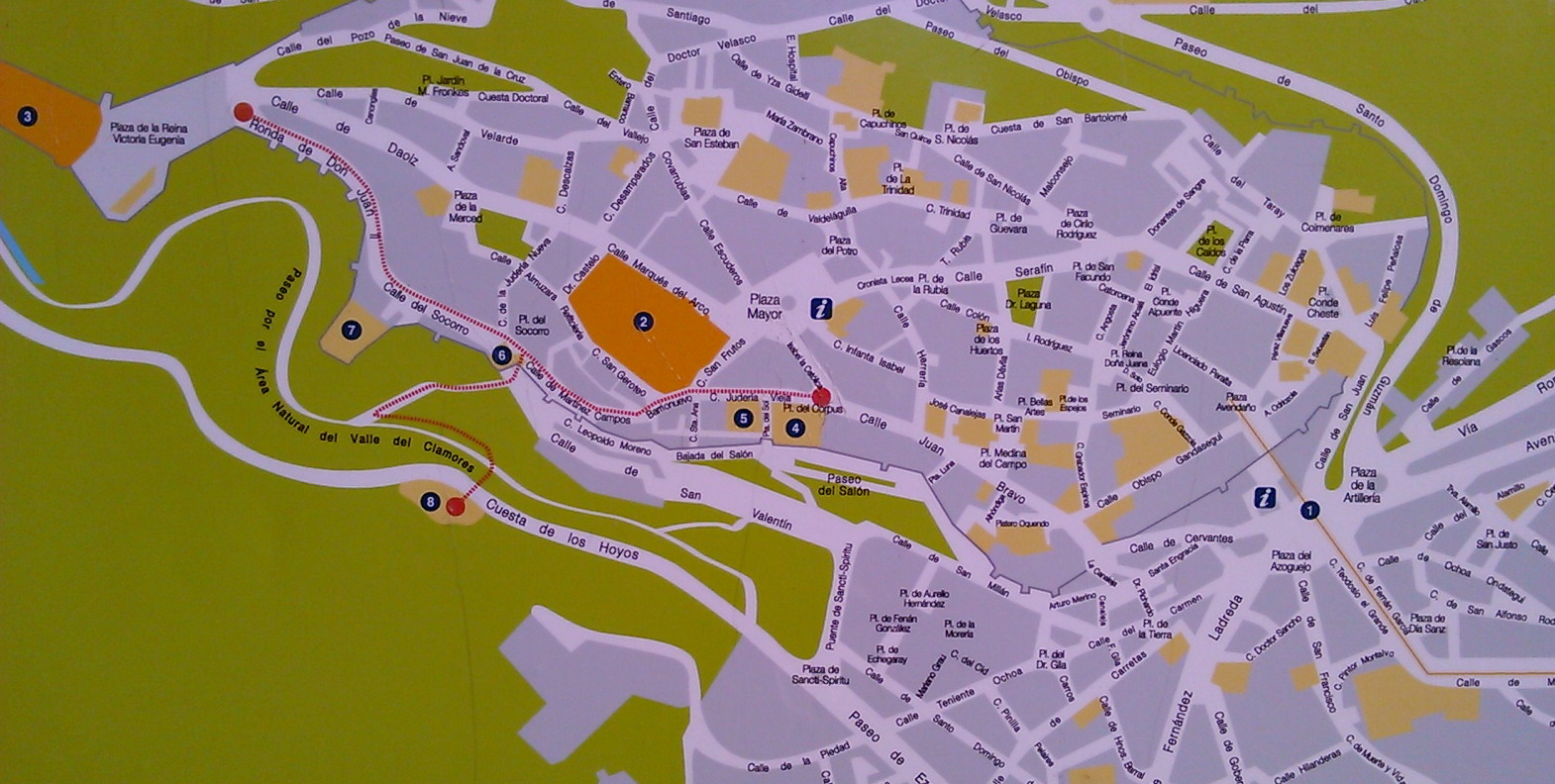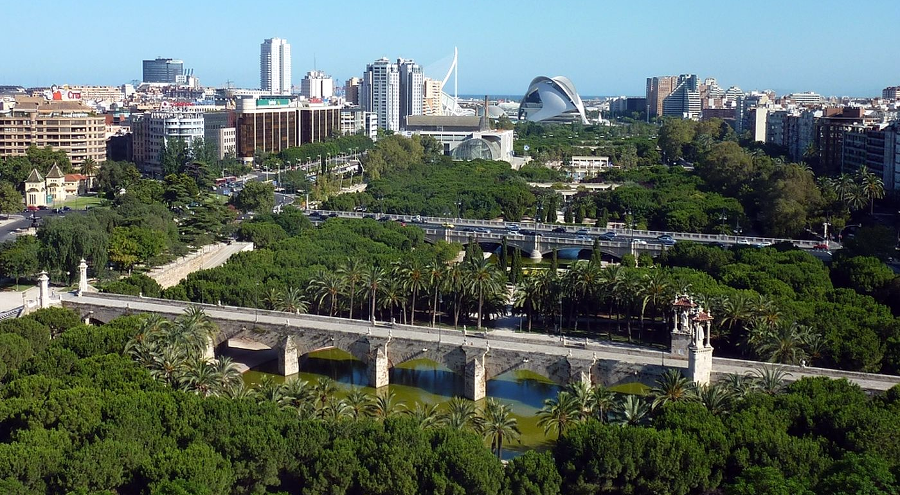The Old Town of Bilbao (Casco Viejo) is a zone of ancient buildings, narrow streets and squares in the centre of Bilbao. This zone is popular among citizens and tourists because its gastronomy, atmosphere and for its churches and traditional buildings.
To arrive at the Old Quarter you can go by metro Line 1 and 2 (Casco Viejo metro station) or go from the Train Station, which is placed in front of Arenal bridge, the most frequent entrance for people who want to walk.
The train station
Santander Train Station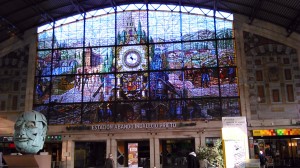 (La Concordia) is the main station of the city. The long distance trains stop there and also it has a metro station inside (Abando).
(La Concordia) is the main station of the city. The long distance trains stop there and also it has a metro station inside (Abando).
The station was built in 1902 and its structure and decoration still has an industrial flavour that gives it a special attractive for tourists.
The Nervion River and its bridges
Close to the Train Station,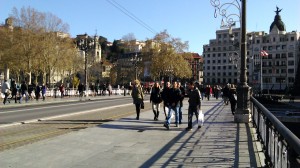 you will find Arenal Bridge. This is the main entrance to the Old Town for the citizens who are coming from the commercial streets of Bilbao (Gran Vía and surroundings).
you will find Arenal Bridge. This is the main entrance to the Old Town for the citizens who are coming from the commercial streets of Bilbao (Gran Vía and surroundings).
However, as the estuary of the Nervion River borders the old quarter, there are some other bridges in the zone as La Merced Bridge, La Ribera Bridge and San Antón Bridge.
In the newest part of Bilbao, you also can find the following bridges: City Hall bridge (Puente del Ayuntamiento), Zubizuri bridge and Princes Bridge (Puente de los príncipes).
Churches and relevant buildings
From Arenal Bridge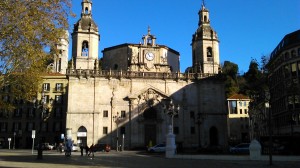 can be seen San Nicolás Curch, built in 1756. Near it, there is located Plaza Nueva (New Square), a neoclassical square where you will find the Royal Academy of the Basque Language, and a lot of bars and restaurants always full of people.
can be seen San Nicolás Curch, built in 1756. Near it, there is located Plaza Nueva (New Square), a neoclassical square where you will find the Royal Academy of the Basque Language, and a lot of bars and restaurants always full of people.
Then, 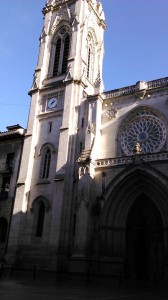 bordering the river to San Antón Bridge, there is San Anton Church and La Rivera Market.
bordering the river to San Antón Bridge, there is San Anton Church and La Rivera Market.
Other important buildings that you will see in the zone are Santiago Cathedral, Santos Juanes Church and some museums.
The Gastronomy in Bilbao
Don’t leave the Old Quarter without trying the gastronomy!
Although the food is impressive in all the city, in this zone there are a large amount of bars and restaurants. Above all at Plaza Nueva and its surroundings, where there are a lot of places where you can eat “tapas” (small sandwiches or dishes with original and innovative food).
It is said that the food in The Basque Country is the best food of Spain… and probably it is true. In Bilbao you can find a lot of premium restaurants. But you also can eat high quality food in many cheaper places: By trying the tapas you will be able to try a lot of different dishes in many bars of the zone. Don’t miss it!
Once viewed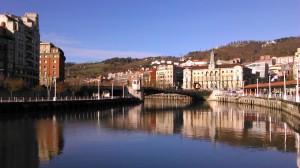 the historic centre of Bilbao, our recommendation is to bordering the river in the water flood direction. Doing that you will reach the City Hall firstly, and then the Guggenheim Museum.
the historic centre of Bilbao, our recommendation is to bordering the river in the water flood direction. Doing that you will reach the City Hall firstly, and then the Guggenheim Museum.
More places to visit in Bilbao
– The Guggenheim Museum: Museo Guggenheim is a contemporary art center placed in Bilbao, in the Basque Country. The museum was inaugurated in 1997 and since then, it has become one of the most popular museums of Spain and Europe because its original and transgressive design.
– Getxo (Guecho): Getxo is a town of 80.000 inhabitants located 30 minutes away from Bilbao city. The situation of the town in the Nervion river mouth, its beaches, its maritime port and its landscape, have become it one of the most touristic places of the region in the last century.
